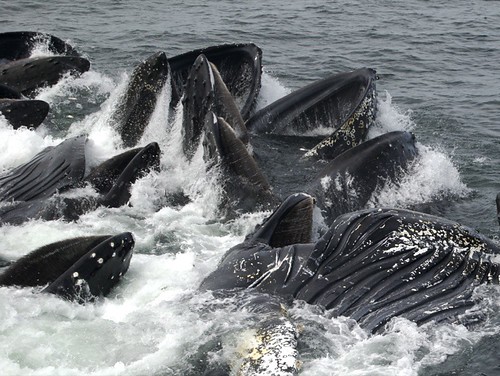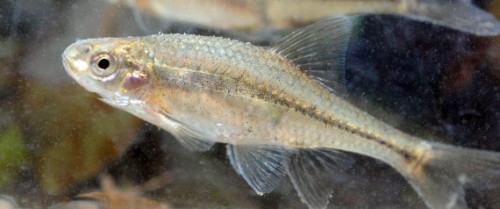The US Fish and Wildlife Service has proposed listing the monarch butterfly as threatened with extinction under the Endangered Species Act. The law states that a species is labeled "threatened" when it is likely to become endangered within the foreseeable future.
Winter is the time when millions of monarch butterflies journey thousands of miles across North America to spend winters in the forests and mountains of central Mexico.But over the years, the beloved butterfly has seen such a troubling decline in its population.
Monarch butterflies in New Jersey are no exception and also migrate to Mexico for the winter. Every year, they embark on an incredible journey, traveling up to 3,000 miles from as far north as Canada to the mountain forests of central Mexico1. New Jersey plays a special role in their migration, as thousands of monarchs stop at the tip of the Cape May peninsula to rest and refuel before crossing Delaware Bay.
The monarch plays a significant role in maintaining its ecosystem's biodiversity. It is an important pollinator and a vital food source for various animals.
the threats are all too common - habitat loss (often from legal or illegal logging), exposure to insecticides, and the climate crisis. These factors have shifted the monarch's breeding and migratory patterns.
The loss of pollinators would have far-reaching consequences for ecosystems and economically for agricultural production. Pollinators are responsible for 75% of the production of the food for humans. But with President-elect Donald Trump - whose previous administration attempted to water down protections for endangered species - protection of a species may be much more difficult..
It was two years ago that the International Union for Conservation of Nature categorized the migratory monarch butterfly, specific to North America,as endangered due to climate change and habitat loss. In just one year, between 2021 and 2022, the presence of monarch butterflies in their Mexican forest wintering grounds dropped by 22%, according to a recent report from the World Wildlife Fund.
More at njconservation.org/our-marvelous-mysterious-migrating-monarchs/



.jpg)











